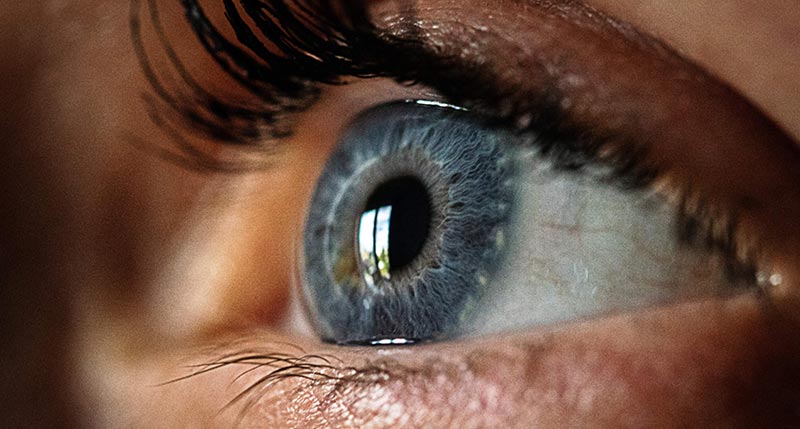Optometry Myth Busters: 6 Facts You Need to Know about Sunglasses
Did you know that the first sunglasses were invented in 12th century China? They weren’t quite as sophisticated as the styles you’ll see in our office, but they served their purpose: a cut piece of smoky quartz—a grayish rock that can be seen through–were held against the face to block the sun’s rays. Since then, sunglasses have made considerable strides in popularity, convenience and sun protection. But as our ability to protect our eyes from the damaging UV rays of the sun advances, there is often confusion about certain aspects of these important vision protecting devices. Here, we’ll bust 7 myths about sunglasses:
- When it comes to sunglass lenses, the darker, the better.
FALSE. Dark lenses may seem like they offer more sun protection than lighter lenses, but in fact, the opposite can be true. Since dark lenses block more sunlight, your pupil will dilate, opening wider to let in more light. If the lenses don’t offer 100% UVA and UVB ray protection, this wider pupil opening can actually cause more damage to your eyes than lighter lenses. Whether you choose dark or light tint to your sunglass lenses, the first priority is to be certain that they are blocking 100% of the sun’s damaging UV rays.
- You don’t need sunglasses when you’re inside a car or sitting by a window in a building.
FALSE. Glass blocks most UVB rays, but the ones it lets through are the most harmful and damaging to your eyes: UVA rays. These rays are present on the Earth’s surface 365 days a year—even when it’s cloudy and overcast—and can damage your eyes even though you’re not aware of them. Whether you’re having lunch by a café window or driving your car, it’s still critical to wear sunglasses that block 100% of harmful UV rays.
- Glare off of water, snow or pavement creates a higher risk of eye damage.
TRUE. You’ve probably experienced the uncomfortable and sometimes blinding glare of the sun’s rays bouncing off of a reflective surface and into your eyes. Reflected sun rays make the UV rays your eyes receive even more intense and damaging. So whether you’re walking on a beach, skiing on the slopes or running on a sidewalk, be sure to wear your sunglasses to protect your eyes.
- Polarized lenses offer more protection than standard sunglass lenses.
FALSE. Though your vision in bright, sunny conditions may be more comfortable through polarized lenses, they don’t offer more UV protection than high-quality nonpolarized lenses that also block 100% of the sun’s damaging UV rays. Polarization is an invisible filter that neutralizes glare by preventing the horizontal rays of light from entering your eye. Since most surfaces that reflect the sun’s light are horizontal—such as bodies of water, a sidewalk, a sandy beach—this lens option is popular because it makes your vision in high-glare situations so much more comfortable.
- When it comes to sunglasses, the bigger, the better.
TRUE. Though the number one priority in choosing sunglasses is to ensure that they offer 100% protection against both UVA and UVB rays from the sun, the larger they are, the more facial surface they can protect. Large sunglasses not only protect the surface of your eyes from UV rays, but also protect the delicate skin around the eyes and on the eyelids. Since 90% of skin cancers result from cumulative UV exposure, it’s true that the bigger your sunglasses are, the more facial protection they offer and therefore, the better they are for your vision health.
- You can skip wearing sunglasses on cloudy or wintry days.
FALSE. You can be sure that the sun will come up again tomorrow, and you can also be sure that the sun’s UV radiation will hit the Earth’s surface and all things on it—including you–when it does. The sun’s damaging UV rays are present in our atmosphere 365 days a year, and even though they’re invisible, they penetrate through cloud cover and into your eyes every single day, even in the dead of winter and on overcast days. It’s essential to protect your eyes from these rays every time you’re exposed to them, so wear your sunglasses every day, no matter the season and no matter the weather.
Are you looking for the perfect pair of sunglasses for your upcoming spring and summer activities? Come visit our office–we have an extensive selection of sunglass frames and lens options to choose from. Our staff will help you select the ideal pair for framing your face, suiting your style and performing well in the activities you enjoy while offering 100% UV ray protection to safeguard your healthy vision.





